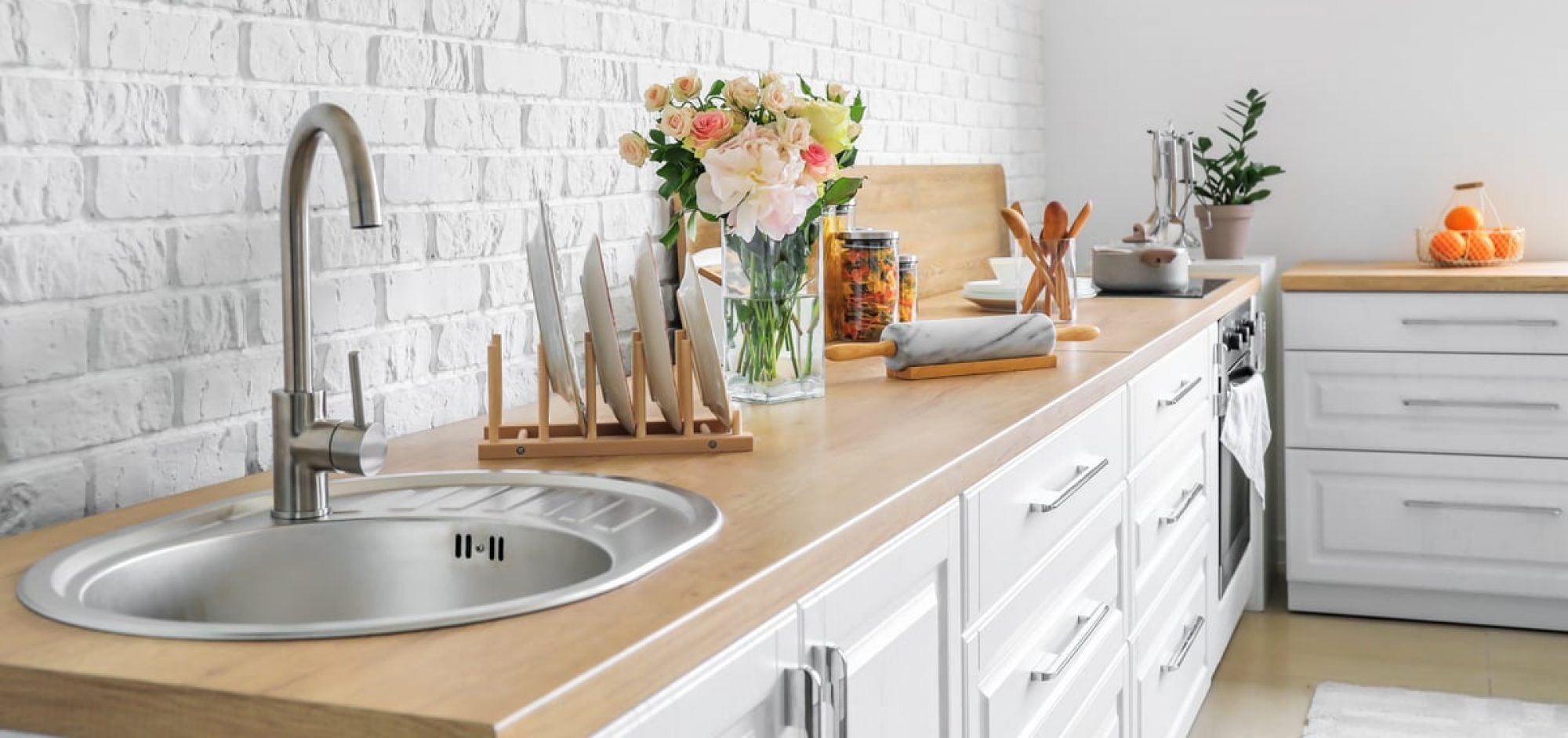Hockey protective equipment is essential for ice hockey players to protect themselves from injuries and minimize damage during games and practices. While many hockey injuries occur to the head and face, with proper, certified protective gear and a team’s safety protocols, these injuries can be significantly reduced or even eliminated.
In addition to helmets, a hockey player’s safety gear includes several types of padded gloves, shoulder and elbow pads, shin pads, and neck guards, all designed to shield the body from impact and contact with other players, sticks, and pucks. These pads should also be made from a high-quality, lightweight material that is durable and flexible enough to absorb impacts without showing signs of wear and tear.
Shoulder pads – Provide protection for the clavicle and upper arms, making it easier to handle the stick and avoid injury to the shoulder bone and spine. Most shoulder pads are designed for both right and left-handed players, with some extending to the wrists to give more coverage and comfort.
Chest and arm protectors – Thickly padded in the front and incorporating forearm, elbow and biceps protection. These protectors are typically tied onto the pants to provide seamless, integrated protection.
Goalie pads – Similar to shoulder and chest pads, but designed specifically for the needs of goalies. Unlike the shoulder and chest pads, goalie pads are made from synthetic materials and feature extra padding for added protection. They’re usually fitted to the goalie’s torso by a professional and are available in different widths to suit the goalscorer’s height and physical build.
Elbow pads – Provides forearm and elbow protection against pucks. Elbow pads are usually molded and have hinges in the center for mobility and support, with EVA foam absorbing impacts to keep the elbows from being too banged up.
Wrist guards – Help to prevent blisters, sprains, and other injuries to the wrists. Because the hands are constantly moving, wrist protectors are an important part of any hockey player’s kit.
Other essential pieces of hockey protective equipment include blockers, which are used to deflect pucks, and skate blade guards, which protect skates from nicks. It’s also a good idea to sharpen your skates regularly — after about 20 hours of use is a good rule of thumb.
If you’re an advanced hockey player, consider getting a set of elbow pads and shoulder pads for your back, as well. These pads are made from lightweight but durable materials and are easy to clean.
The best hockey protective equipment is made from a combination of lightweight materials and resilient Flexaprene. These materials are able to absorb the force of impact and reduce the risk of serious injury, ensuring that you can play for many more games than with less-quality equipment.
It’s a good idea to buy your hockey protective equipment from a reputable store that sells certified brand names. If you’re buying second-hand, make sure to try on all of the equipment before you purchase it to ensure that it fits properly and provides adequate protection.

